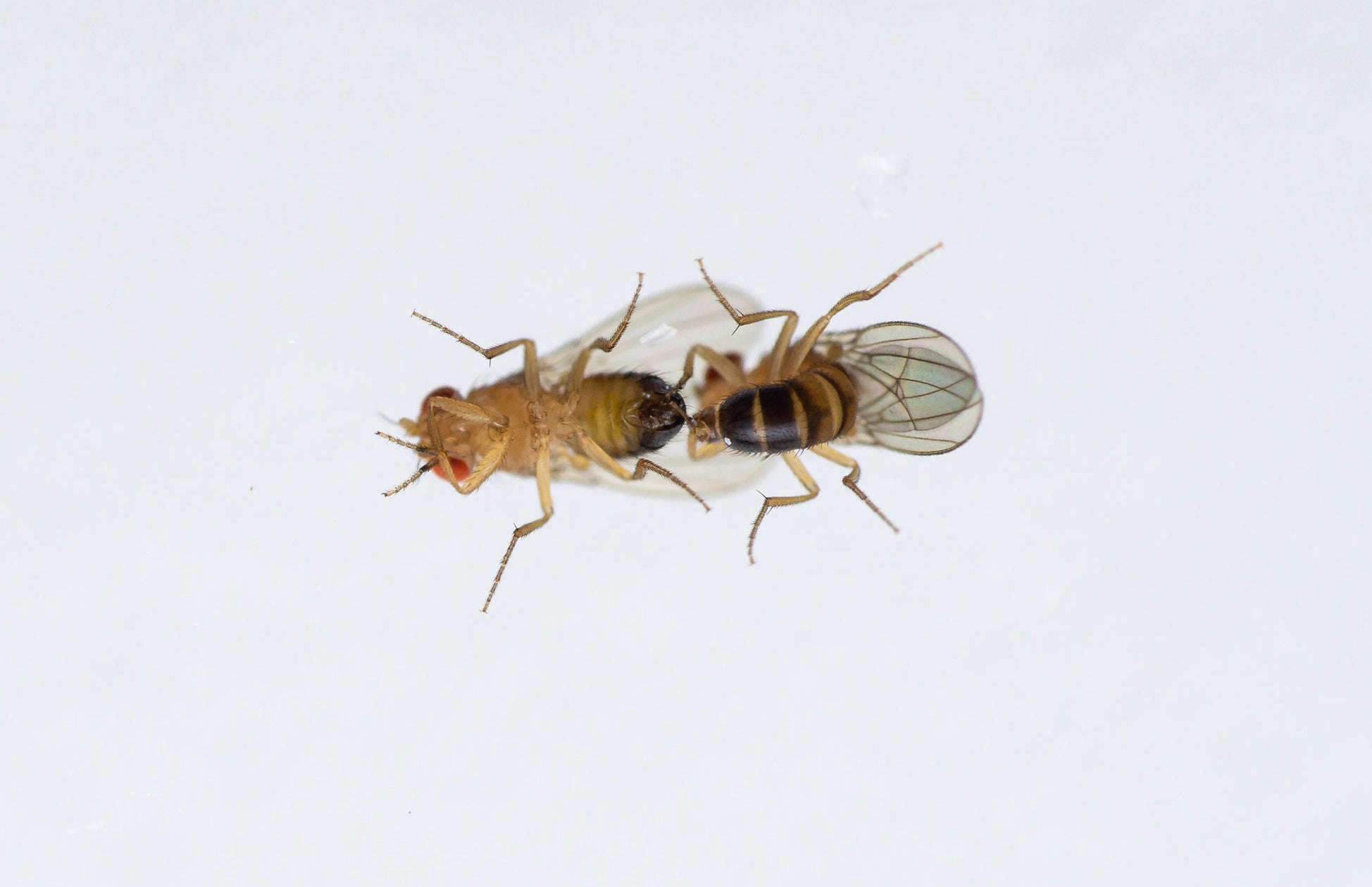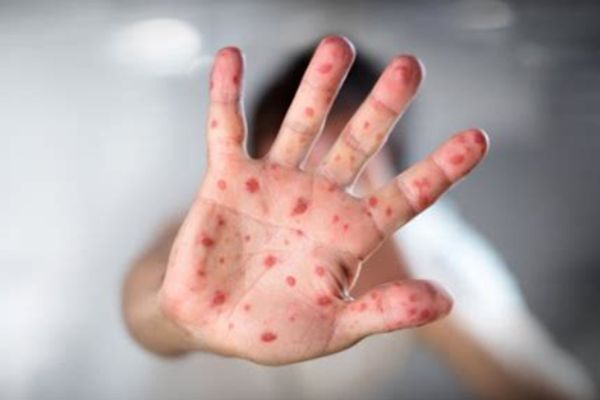
Male fruit flies exposed to ozone pollution may struggle to recognise members of the opposite sex and show an interest in other males instead, research suggests.
Scientists have found high levels of ozone exposure disrupts the chemical mating signal – pheromones – of these insects.
Female flies were found to be less interested in males exposed to ozone and much slower to respond to their courtship behaviour.
The researchers said their findings, published in the journal Nature Communications, raise concern that ozone pollution may be contributing to the global decline of insects.
Study author Professor Bill Hansson, head of the Evolutionary Neuroethology Department and co-founder of the Max Planck Centre on next Generation Insect Chemical Ecology, said: “Insects and their pheromones have evolved over millions of years.
“In contrast, the concentration of air pollutants has only increased dramatically since industrialisation.
“It is unlikely that the communication systems of insects, which have evolved over the course of evolution, will be able to adapt to new conditions within a short period of time if pheromones are suddenly no longer there.
“The only solution to this dilemma is to immediately reduce pollutants in the atmosphere.”
While ozone that is high in the Earth’s atmosphere protects us from the sun’s harmful radiation, at ground level it is an air pollutant that has been found to harm people and plants.
Ground-level ozone forms when nitrogen oxides and volatile organic compounds – pollution that comes from vehicles and industry – react with each other in sunlight and hot temperatures.
Like fruit flies, many insects communicate using pheromones that are released into the air – and this is particularly important when it comes to finding a mate.
Males use the odour from pheromones to distinguish females from other males: pheromones attract females while repelling other males.

For the study, male fruit flies were exposed to ozone (at about 100 parts per billion) for two hours – similar to the amount seen in ground-level atmosphere in polluted cities.
When compared to control insects, the researchers found that pheromone levels in ozone-exposed fruit flies decreased significantly.
Of the eight species of fruit flies tested, only one species, Drosophila busckii, was found to be unaffected by ozone exposure.
The scientists said they also observed an increase in male-to-male courtship after ozone exposure, which they believe was likely due to male fruit flies not being able to differentiate between other males and females without these chemical signals.
The researchers said that most insect pheromones contain carbon-carbon double bonds which can be easily destroyed by ozone.
Study author Dr Markus Knaden, who heads the Odour-guided Behaviour Group in the Department of Evolutionary Neuroethology at the Max Planck Institute for Chemical Ecology, said: “We already knew that environmental pollutants such as ozone and nitric oxide degrade floral scents, making flowers less attractive to their pollinators.
“Since compounds with carbon double bonds are particularly sensitive to ozone degradation, and almost all insect sex pheromones carry such double bonds, we wondered whether air pollution also affects how well insect females and males find and identify each other during mating.”
As part of the next steps, the researchers are looking to study the effects of ozone on a broader range of insects, including moths, bees and ants.







